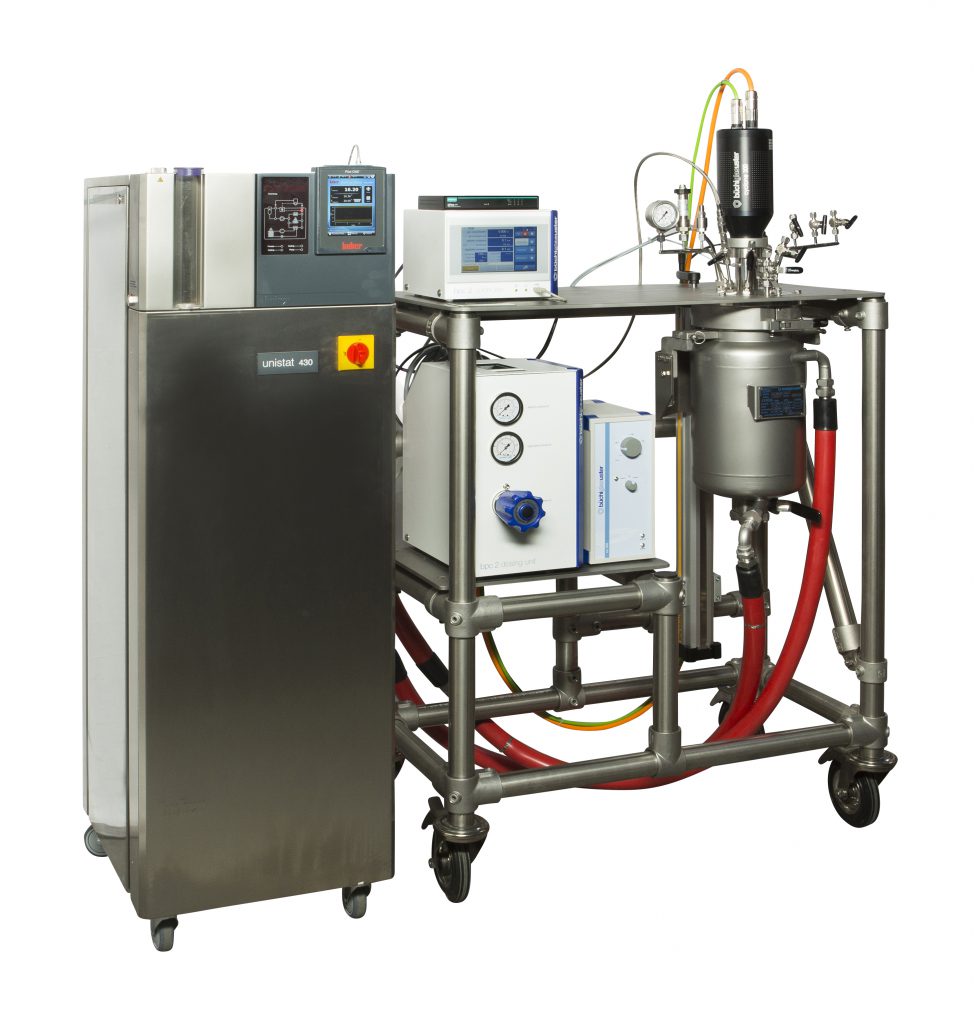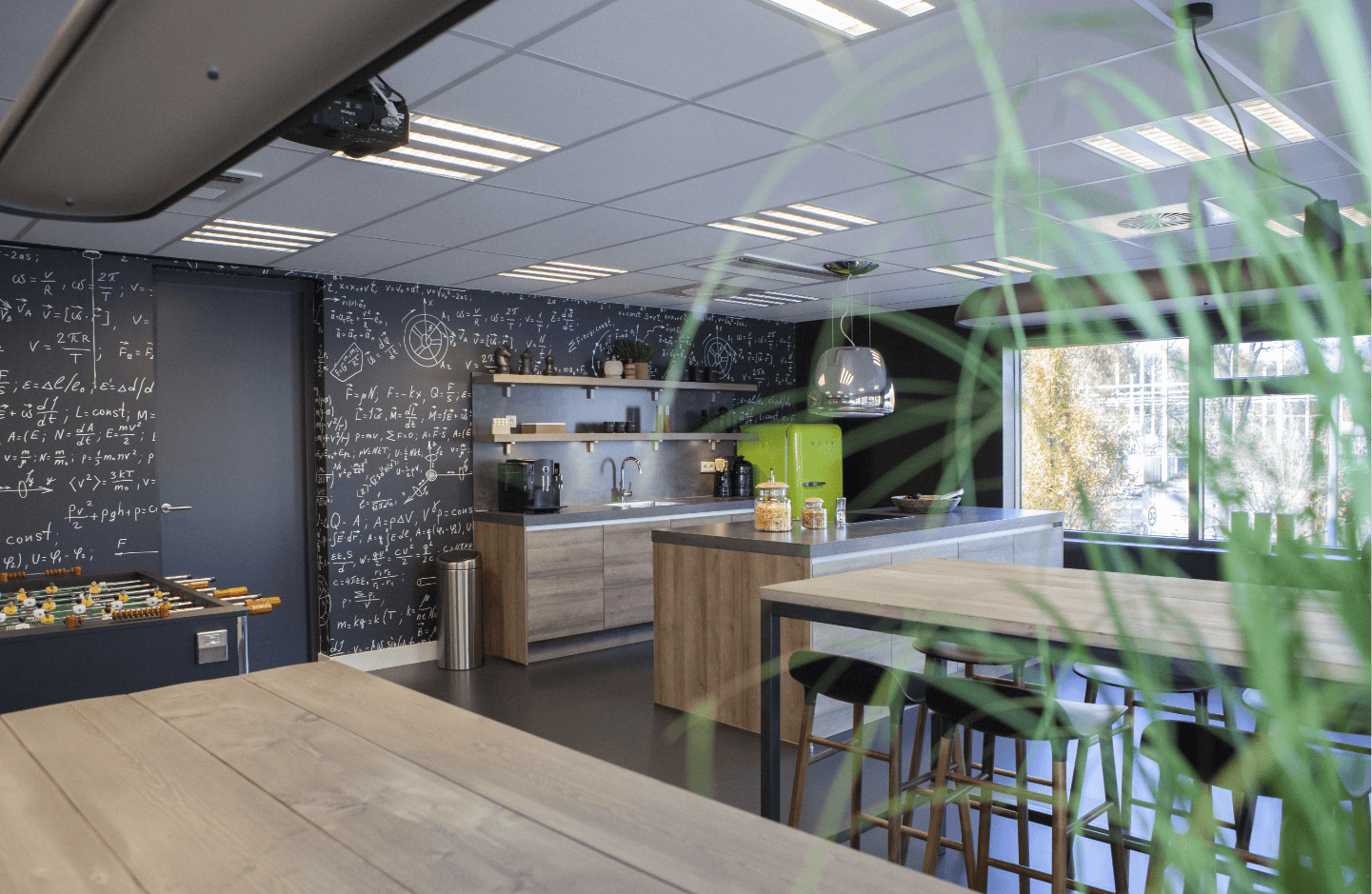Within the University of Maastricht, Dario Romano and his colleagues conduct research into the synthesis of polyolefins. As part of their investigations, he and his team test existing, but also new catalytic systems for the synthesis of both olefin and bio-based polymers. The materials produced by these processes vary from basic plastics (feedstocks) to polymers for high-end engineering applications; for example for armoured vehicles or biomedical particles.

Reactor
Process testing takes place in a reactor that must enable close monitoring of the behaviour of the polymerization reaction, at both large and small scale, and across a wide range of synthesis conditions. Given his very positive experience with Büchi equipment during earlier research at a British university, chief researcher Dario Romano was very much in favour of using it again. In order to obtain the necessary reactors and peripherals in the Netherlands, it was inevitable that he turned to Autoclave.
The process
The reactor vessels can be quickly swapped in and out of the system, which can test process volumes ranging from 0.5 to 10 litres. The operating temperature can vary from -40 to +250°C, while the pressure range can run from total vacuum to +50 bar. The gas dosing unit precisely regulates the ethylene and propylene used during polymerization reactions. Reactions typically take place at about 50°C and 5-10 bar.
The new system was developed by Suurmond in close cooperation with several other parties. For example, the thermostat supplier offered support in minimizing the dimensions of the system. This proved to be necessary due to the variance between the original fume cupboard design and what was ultimately delivered.
At the same time, specialists in the Autoclave and Glass divisions at Büchi combined their efforts to ensure that this special test system would be ergonomically friendly, safe, and efficient.
End result
This intensive collaboration has resulted in the development of an entirely customer-specific solution, comprising two systems built around a Pilotclave type 3 reactor. This is combined with a sensor for the volumetric measurement of gas consumption, plus software and the thermostat.
The solution is constructed to enable the user to swap reactor vessels with minimum effort. This has been achieved by integrating the agitator drive into the vessel lid, and permanently mounting the entire assembly in the system. This assembly can be left undisturbed when exchanging reactor vessels, thus avoiding the need to disconnect any wiring or lines. To enable the reactor vessels to be quickly, cleanly and safely disconnected from the thermostat, the hoses and double wall connections are all fitted with a Huber quick coupling.
The polymerization test unit was commissioned in January 2017, and performs exactly as intended; an excellent example of a customer-specific solution that is the result of creatively and intelligently combining the know-how and products of complementary suppliers.

